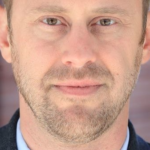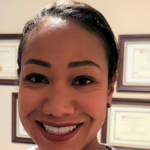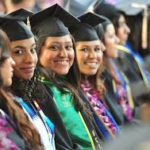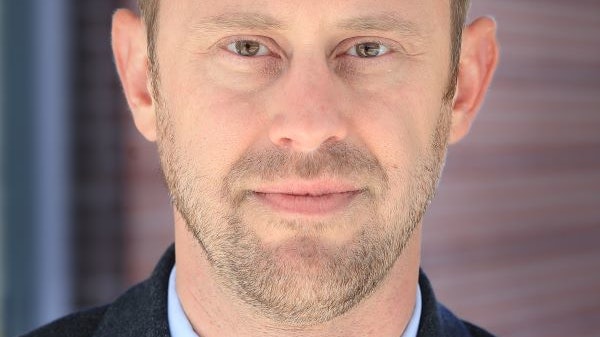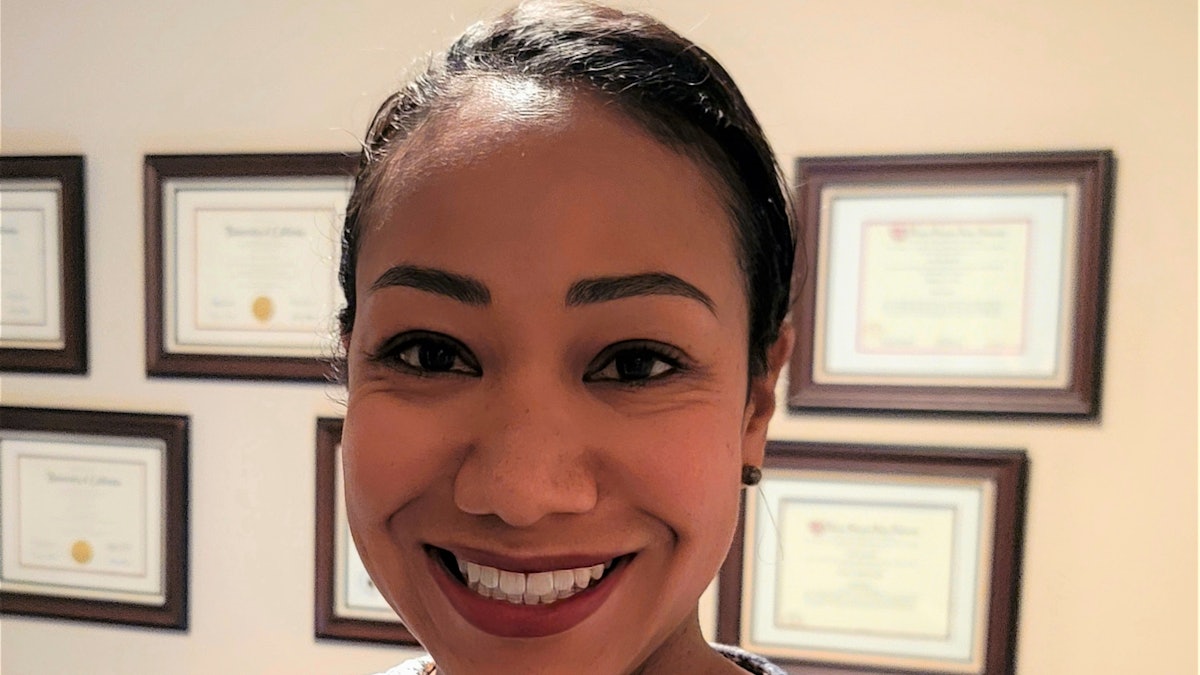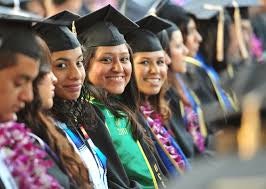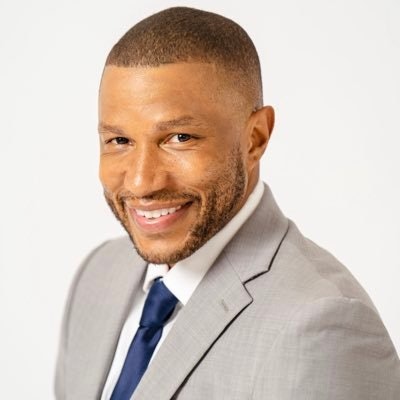Mathematics, often regarded as a daunting subject, can significantly influence a student’s academic trajectory and career options. If one does not believe that they will be successful in a math class, then they can be defeated before they even begin. Regardless of an instructor’s talent or the allure of a dynamic curriculum, success hinges not solely on external factors, but also on the learner’s mindset.
Students’ self-perceptions are central to the actions, or inactions, they pursue within social systems such as in mathematics classrooms. When students perceive themselves as competent or capable in math, they are more likely to engage with challenging material and persist through difficulties. Conversely, those who view themselves as poor mathematicians may shy away from challenges, resulting in lower achievement levels.
 Dr. Marcus Bright
Dr. Marcus Bright
The pivotal junction where math classes transition through Algebra I, Algebra II, Calculus, and beyond marks a point where students knowingly or unknowingly make the decision on whether they will have the option of majoring in a STEM field after their matriculation to a college or university due to the high-level math courses that are required.
I wrote about my “Bridges to a Brighter Future” framework in my book Brighter Levels to a Brighter Future: Going Higher in Our Purpose and Building Infrastructures of Opportunity for the Next Generation. It can be applied to creating the internal conditions for the acceleration of achievement in mathematics for students.
The belief bridge is the first bridge that a student who desires a brighter future in math must cross according to the framework. This entails crossing the belief threshold to the point where one’s belief that they can successfully learn the math concepts outweighs the temptation to mentally “check out” of the class or give up altogether.
This belief threshold involves convincing oneself that they can master the math concepts presented in class, thus outweighing any inclination to disengage or surrender. This transition is far from trivial. The stigma attached to advanced mathematics, along with its perceived complexity, creates a mental barrier that many students face. Those who successfully cross this bridge do so by consistently affirming their capability to learn and excel, transforming thoughts of inadequacy into a robust sense of possibility.
Once students have crossed the Belief Bridge, they arrive at the Systems Bridge. At this junction, developing effective processes and habits become crucial. Mastery in mathematics relies heavily on cumulative knowledge; each course builds upon the foundation laid in the previous one. Thus, cultivating study habits, routines, and consistent methodologies is not only beneficial but essential.
Establishing these systems ensures that as students move through increasingly challenging material, they retain and apply foundational principles. By formulating and implementing sound math-related strategies, students can effectively cross the Systems Bridge and enhance their overall competency in the subject.
The next critical step is crossing the Windows Bridge. This entails being able to create and seize windows of opportunity meaning that they are identifying and capitalizing on opportunities for growth and assistance. In a mathematical context, this may involve using resources such as tutoring services, teacher office hours, and math labs designed to support student learning.
Importantly, the Windows Bridge extends beyond classroom resources. It also means that students seek internships and job opportunities where their enhanced math skills can be applied, particularly in industries that value strong quantitative abilities, like engineering and fintech. By actively creating and seizing these windows of opportunity, students not only fortify their math skills but also position themselves favorably in the professional landscape.
After navigating the previous bridges, students reach the Execution Bridge. Here, the focus shifts to consistent performance and application of mathematical principles in both academic settings and real-world situations. Consistent execution entails performing at a high level on exams and other coursework as well as demonstrating and delivering in the world of work and marketplace productivity.
The Execution Bridge demands that students connect with their deeper motivations, their “why.” Understanding personal goals and reasons for pursuing excellence in math fuels perseverance during tough times. Additionally, the ability to rebound from setbacks reinforces character and fortitude, preparing students to tackle future challenges with renewed vigor.
Crossing these “Math Bridges to a Brighter Future” initiates a transformative journey toward mathematical proficiency and success in STEM fields. By navigating the Belief, Systems, Windows, and Execution Bridges, students not only build essential skills but also forge pathways to fulfilling careers and service opportunities. Embracing this framework can empower learners to conquer their fears and reach new heights in mathematics, paving the way for a remarkably brighter future. With the right mindset and strategic approach, we can help students unlock their potential and seize the opportunities that lie ahead.
Dr. Marcus Bright is an author and social impact professional.
#Math #Bridges #Brighter #Future
